Just a few hours’ drive away from the Taj Mahal, there lies the Chambal Wildlife Sanctuary, also known as National Chambal Sanctuary, - an oasis of surreal tranquillity and exotic wildlife. Sprawls over a massive area of 5400 sq km, Chambal Wildlife Sanctuary is a tri-state protected area in north India. Situated on the River Chambal, this popular wildlife sanctuary in India was earlier declared a part of Madhya Pradesh. However, as per its geographical location, lies near the tripoint of Madhya Pradesh, Rajasthan and Uttar Pradesh, and hence, later constituted under a long narrow eco-reserved which is co-operated by all three states. In the state of Uttar Pradesh, the sanctuary is located near the city of Etawah, which is 120 km from Agra. The exquisite river of Chambal flows from the sanctuary through gorges and hills. The ecosystem of Chambal Wildlife Sanctuary consists of Kathiawar-Gir dry deciduous forests. Some common plants that can be seen at Chamba Wildlife Sanctuary include palas, ber, churel, and khair.
Chambal Wildlife Sanctuary is home to numerous vulnerable as well as endangered species. Hanuman langur, Bengal fox, rhesus macaque, common palm civet, Indian grey mongoose, wild boar, nilgai, sambar, jungle cat and blackbuck are some wild animals in Chambal Wildlife Sanctuary that are of less concern. On the other hand, Indian wolf, smooth-coated otter, mugger crocodile and striped hyena are popular endangered species that tourists can expect to see at Chambal Wildlife Sanctuary. Not just this, the critically endangered red-crowned roof turtle along with Gangetic dolphin and gharial crocodile also reside in this sanctuary. Along with that, as much as 8 species of rare turtles can also dwell in the sanctuary. Indian narrow-headed softshell turtle, crowned river turtle and three-striped roof turtle, are some big names that make Chambal Wildlife Sanctuary a popular tourist destination in Uttar Pradesh for an amazing wildlife tour.
Furthermore, the Chambal Wildlife Sanctuary is also touted as an important bird area. It houses more than 300 species of residential and migratory avifaunal species which includes some popular names like black-bellied terns, ferruginous pochard, red-crested pochard, Indian skimmer and lesser flamingo. A not-to-miss thing in Chambal Wildlife Sanctuary is the boat ride in the river. Chambal is one of those wildlife delights in the country where tourists can explore a wide range of wildlife, which is essential for that indelible wildlife experience.
Best Time to Visit Chambal Wildlife Sanctuary
Throughout the year, the place receives different weather conditions. However, the best time to visit the sanctuary is the winter season. As compared to other seasons, it is more relaxing and comfortable go on a wildlife safari in Chambal Wildlife Sanctuary in the winter because of the favourable weather conditions.
- Summer: Starts in the month of April, the summer season in the region of Chambal Wildlife Sanctuary is all about hot and humid weather conditions. The blistering of the season does not allow travellers to explore the place to its fullest. Moreover, the temperature during this time varies from 28°C to 45°C. However, despite such unfavourable conditions, a lot of travellers choose to plan a wildlife trip to Chambal Wildlife Sanctuary during this time. The season ends in the month of June.
- Monsoon: The season of monsoon is not at all ideal for planning an excursion to Chamba Wildlife Sanctuary because of the heavy rainfall cause disruption in the service of the trails. Throughout the season, the sanctuary remains closed. The monsoon season in Chambal Wildlife Sanctuary begins in the month of July and ends in September.
- Winter: Commences in the month of November, the winter is the best time to visit Chambal Wildlife Sanctuary. During this whole season, the weather of the region remains all cool, calm and pleasant. The temperature during the months of the winter season in Chambal Widllife Sanctuary varies between 7°C to 24°C. A lot of tourists visit the sanctuary during this time as the season allows them to explore the region to its fullest.

Where to Stay?
Tourists can find a number of forest houses around Chambal Wildlife Sanctuary. These forest houses come with decent facilities and amenities that are enough to proffer tourists a comfortable stay. However, a better option can be availed in the areas of Jarar and Bah where you can find deluxe and standard hotels and resorts. However, Agra is the nearest city that offers a wide range of luxury, budget, standard and deluxe hotels and resorts.
How to Reach Chambal Wildlife Sanctuary?
The sanctuary of Chambal can be easily reached by all the means of transport, whether rail, road or air. However, the best way to reach is by railway. Because of the vast rail network, railway proffers better connectivity as compared to the other two means. The airway is also an ideal way to reach Chambal Wildlife Sanctuary for those who are travelling from far destinations and prefer time over money.
- By Air: The nearest airport to Chambal Wildlife Sanctuary is Kheria Airport, which is located in the city of Agra. The distance between the airport and the sanctuary is around 140 km, which can be easily covered by 3-4 hours drive. The airport is pretty well connected with all the major cities like Delhi, Mumbai, Chennai and Kolkata through Air India flights. From the airport, one can hire a taxi to reach the sanctuary.
- By Rail: Agra Cantonment Railway Station serves as the nearest railhead to Chambal Wildlife Sanctuary which is located at distance of around 157 km. Trains to/from all the major cities of the country like Delhi, Mumbai, Lucknow, Chennai, Kolkata and Chandigarh run operate to/from Agra Cantonment Railway Station. Through its wide rail networks, railway provides impressive connectivity to travellers from any corner of the country. From the station, tourist can hire a taxi or board a bus reach Chambal. The railway is the best way to reach Chamba Wildlife Sanctuary.
- By Road: Chambal Wildlife Sanctuary is also accessible via road and national highway networks. Buses from nearby cities and towns ply on a regular basis to Chambal. Besides, one can also prefer a self-drive to reach Chambal Wildlife Sanctuary from neighbouring cities like Delhi and Agra via roads and national highways.














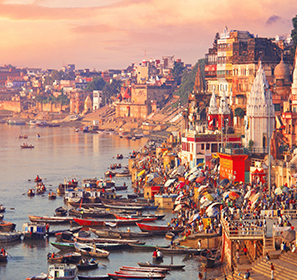
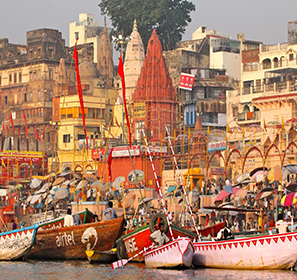
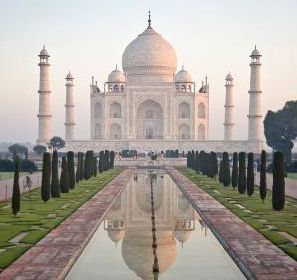
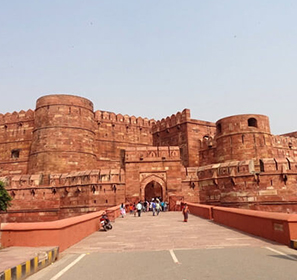
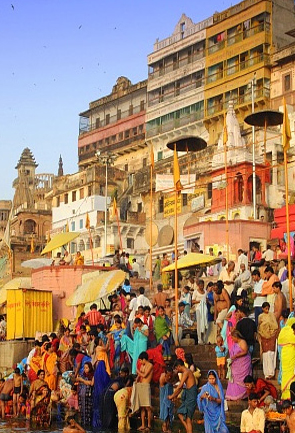





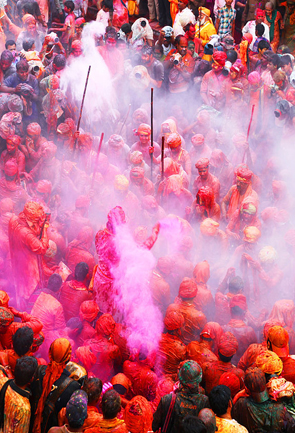


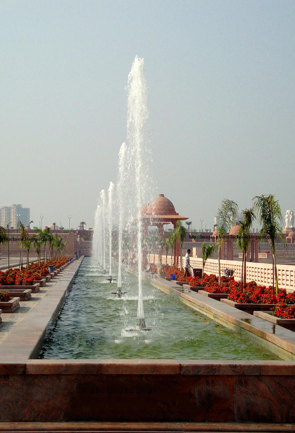

 Plan Trip
Plan Trip Call Us
Call Us Packages
Packages Home
Home